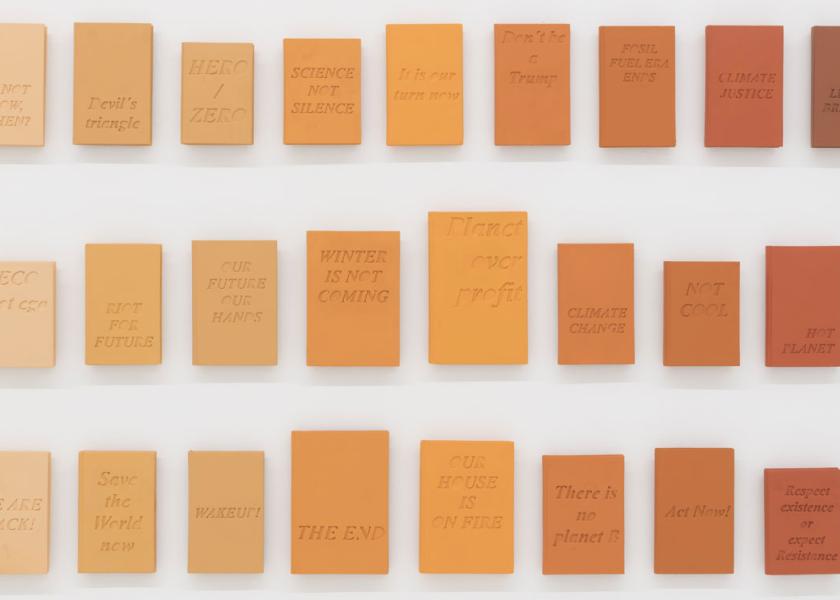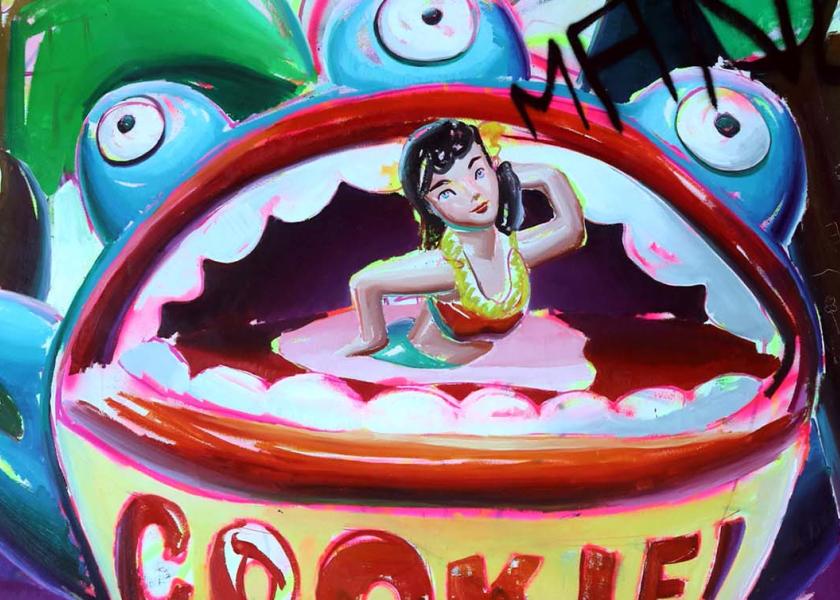Solimán López
The (intangible) art of the future
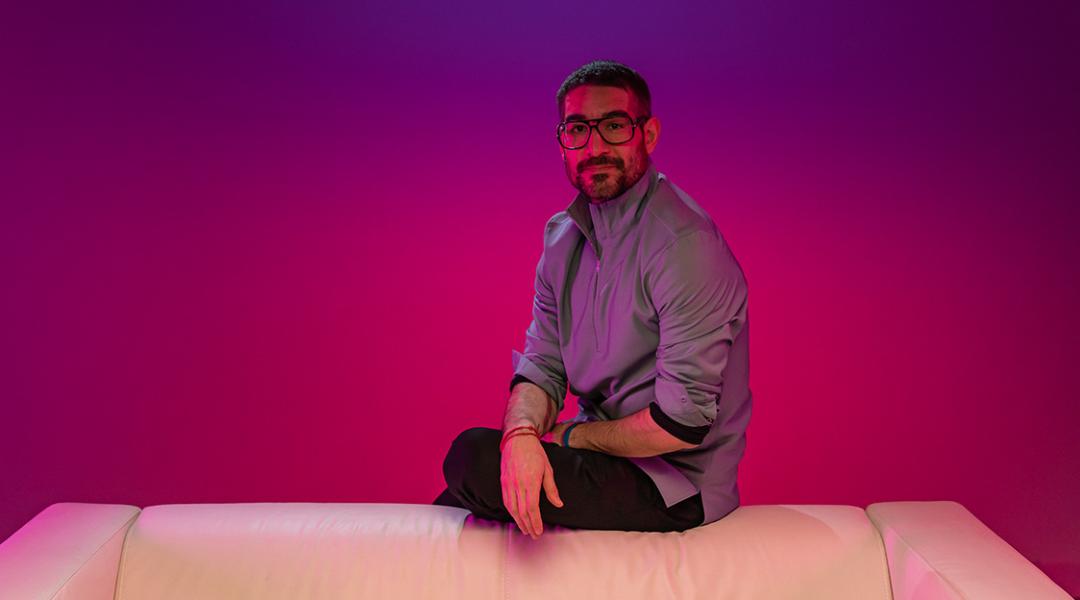
He will go down in history for being the first artist to sell a work of art in NFT (Non-Refundable Token) format at ARCO, for founding the incomparable Harddiskmuseum, and for interpreting art as an intangible concept of infinite resources. Last October, Solimán López exhibited at MAAT in Lisbon (Portugal), at the International Image Festival in Bogotá (Colombia) and at the Karachi Biennale (Pakistan), proof of the interest this ‘media artist’ attracts around the world.
Whoever wants to understand the work of Solimán López (Burgos, 1981) must move away from the traditional concepts, leave behind the classic formats inherited from fine arts, and “start to understand that there are other real-life implications that are part of artistic universe contemporary,” explains the artist himself. Knowing about oil paintings or canvases is of little use to grasp Solimán’s work because he creates artistic realities using the most advanced technology, which he uses to turn some of his works into intangible digital assets (NFTs) verified through popular blockchain and often bought with cryptocurrency.
His work Hash Tree was the first in NFT format to be sold at ARCO and his OLEA Génesis, also an NFT, was the first of its kind to be auctioned in Spain. “The relationship between real-world objects and blockchain is one of my lines of creation and one of the reasons why we are working so much with biotechnology,” he tells us the Director of Innovation at the Valencia School of Art and Technology. So much so, that his recent project INTRONS suggests transferring our DNA to NFT so that we can be owners of our own identity as a work of art. “My aim is to modify the models of human representation in digital spaces, without objectifying or sexualising the body. It’s like a digital portrait based on your DNA,” he declares.
How did someone who studied Art History end up developing an artistic talent connected to the digital world?
(Laughs) During my studies, I’d see the works of other artists and I asked myself: why shouldn’t I develop my own ideas? I started producing an evolving, experimenting with new media. I got into everything that University didn’t include in its academic curriculum; they stopped at the avant-garde era and didn’t reach contemporary art. That’s when I got hooked on new technology, until today.
“Ideas aren’t subject to technique, and I feel most comfortable when I’m not tied down by it, so that they can work in different formats”
Do you feel comfortable with the label of digital artist, or would you prefer another?
I define myself as a conceptual artist who uses contemporary tools. I believe that ideas aren’t subject to technique, and I feel most comfortable when I’m not tied down by it, so that they can work in different formats.
Is your INTRONS project more science than art?
A project like that is a work of art inserted into different digital environments made in collaboration with a science lab like ADNTRON. But it’s full of nuance because, in turn, it becomes a business model that must have a community associated to it for the NFTs to be consumed.
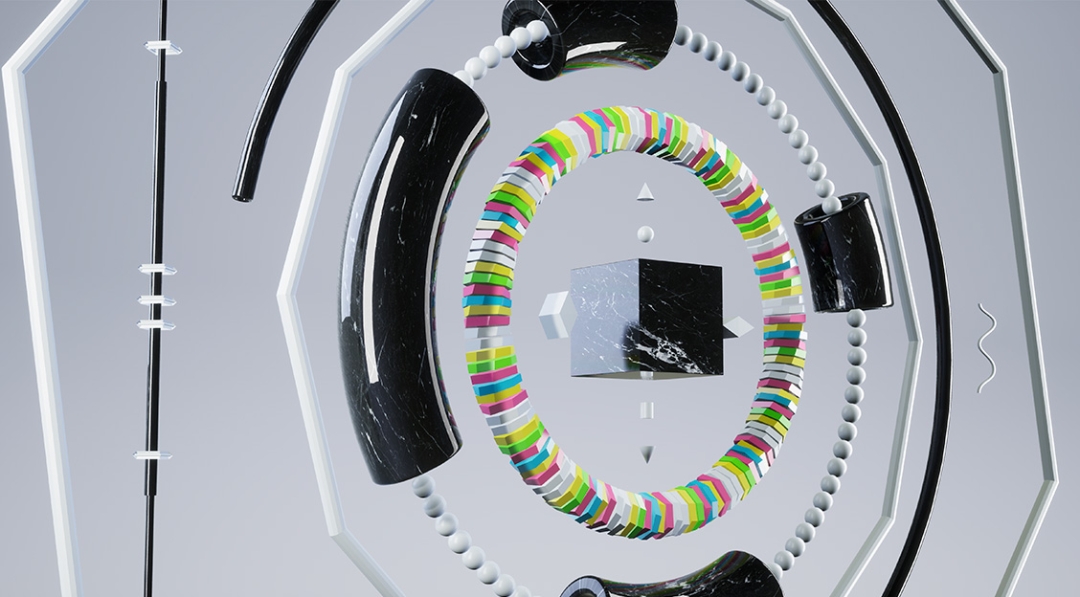
‘INTRONS’, according to Solimán López himself, “is a digital portrait based on your DNA”. © Image courtesy of Solimán López
NFT and blockchain, there are people who might not understand what we’re talking about…
NFT is a digital certification protocol that connects a digital file with a transaction within blockchain, which is nothing more than a digital transaction network. An NFT can be associated to an image, video, website, or digital document, or it can refer to a real-world object through a photo or QR code.
And are they always paid with cryptocurrency?
At the beginning, yes, because digital exchange bureaus didn’t have access to traditional currency, but in recent months some do allow NFTs to be purchased in real time with currencies like the euro, the US dollar, or the British pound.
“This new system has helped people understand that intangible objects, in this case digital files, have value”
Does associating art to cryptocurrency connect it to speculation?
This has been one of the sore points that has hindered popular access to digital art, since from the beginning it was viewed through that speculative, even fraudulent, capitalist lens, which is slowly changing. I’ll also say that art is money and artists work to make a living. In an ecosystem where everything must be paid for one way or another, no matter what, it must benefit the artist themselves; so that they can continue to express themselves and aspire to somehow change society.
And how has it benefited media artists?
The most important thing is that this new system has helped people understand that intangible objects, in this case digital files, have value. It’s the first time in history that a work of art in itself belongs to the same financial ecosystem that acquires it, sells it, and objectifies it. Now an NFT can be used as currency in a digital transaction.
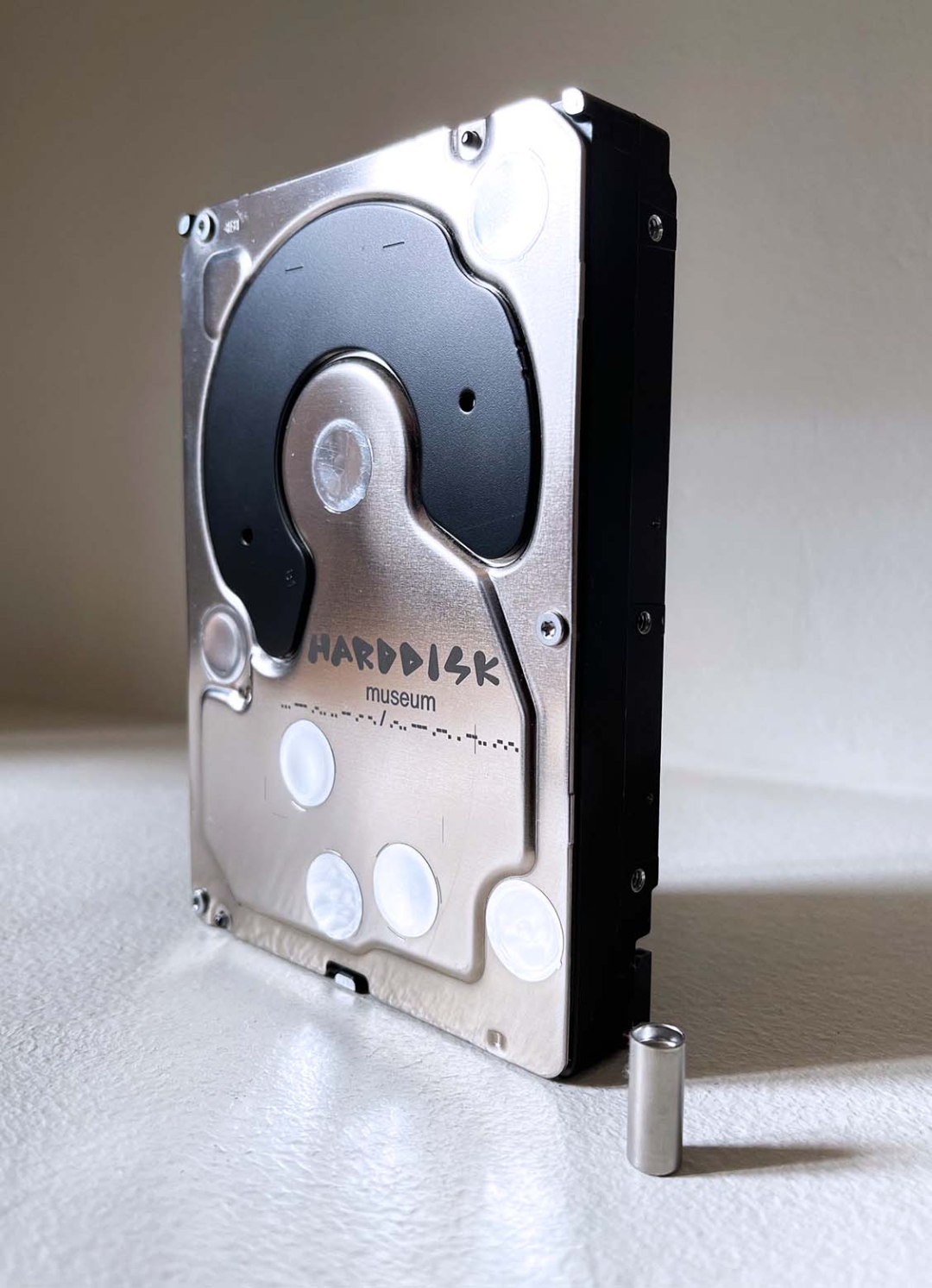
The Harddiskmuseum, founded in 2013, is a museum of digital files on a hard drive. © Image courtesy of Solimán López
Your OLEA Génesis project includes the code of a cryptocurrency in its DNA. Why?
So that any user can make a transaction with it, especially in the agricultural world. So that, for example, if a farmer has a Japanese client interested in buying his olive oil, they can use their OLEA token instead of Bitcoin or Ethereum which have nothing to do with them. It’s my way of defending an industry, farming, the basis and foundation of our culture, which nobody even takes a second glance at today.
Does the fact that OLEA Génesis has been auctioned mean that digital art has turned into a new way of collecting?
Auction houses have realised that it’s a sector that they don’t want to miss out on and that helps us media artists, since they bring our work closer to more traditional collectors.

The ‘OLEA Génesis’ project includes an animated 3D sculpture of a real olive oil molecule. © Image courtesy of Solimán López
Were you looking for Hash Tree to be the first NFT work sold at ARCO?
It was a logical progression for my work with digital files and intangible objects to follow, but it wasn’t planned. In 2013, I founded the Harddiskmuseum, a museum of digital files on a hard drive, which can be understood as a prototype of NFTs because the idea was to isolate digital files from the website environment, put them on a hard drive, and force the audience to physically go to it to see the works of art. In a way, it’s the same idea as NFTs, but these are integrated into blockchain instead of being on a hard drive.
Have people ever called you the geeky artist?
(Laughs). Sometimes, but not in a derogatory sense. In the end, technology is my medium. The truth is that I’ve never heard negative comments about my work, and if I did, I wouldn’t take them as an insult.
What’s the most revolutionary thing you predict for art?
It will completely dematerialise as a physical object from the real world. We’ll see museums through virtual reality lenses or pills we’ll take that will make us experience the aesthetics of different artists.
